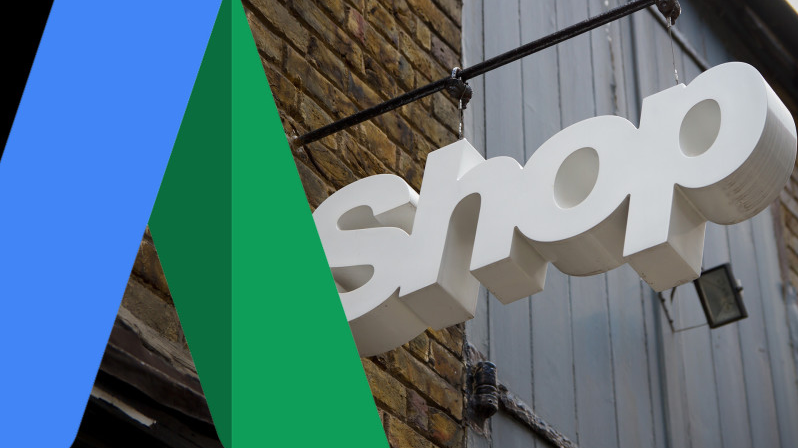Online-To-Offline Metrics Increasingly Available, Important To Marketers
For well over a decade the internet has influenced billions and billions of dollars of local or offline spending. But that was largely ignored because it was almost impossible to track digital ads to the offline point of sale (outside of coupons), where 90+ percent of transactions occur. Now, with smartphone ubiquity and vast amounts […]

For well over a decade the internet has influenced billions and billions of dollars of local or offline spending. But that was largely ignored because it was almost impossible to track digital ads to the offline point of sale (outside of coupons), where 90+ percent of transactions occur.
Now, with smartphone ubiquity and vast amounts of real-world data, marketers are starting to gain visibility on the expansive landscape of online-to-offline transactions. It’s one of the most significant (and exciting) things to happen to digital media and marketing in a long time.
Google’s Store Visits, Facebook’s Conversion Lift Measurement and other efforts, such as the partnership between Twitter and DataLogix, seek to connect the dots between digital marketing and offline sales. Marchex and Telmetrics’ call tracking and analytics are integrated into paid-search platforms to enable tracking of “offline conversions” (i.e., calls) and to allow marketers to optimize their bidding to drive calls.
As further evidence of the mainstreaming of offline tracking, yesterday location analytics company Placed announced a number of partnerships with major ad agencies.

While there are various ways to measure or estimate offline impact, Placed built a Nielsen-like, opt-in smartphone panel. A Placed mobile app tracks participating user movements in the real world and can map them back to specific mobile ad exposures. It can also be done for online and other media.
Another company in the space, PlaceIQ (in partnership with Rentrak) is able to connect smartphones, TV viewing and real-world behaviors to build audience profiles, offer targeting and gain new insights about the efficacy of different media channels. The partnership allows advertisers or networks, for example, to see (in the aggregate) whether Game of Thrones viewers prefer to eat at Subway or Chipotle. Those sorts of insights are both very new and have significant media planning implications.
If you know Sports Authority shoppers tend to watch specific cable TV shows, it makes sense to advertise on those programs — and not on others.
In the case of Placed’s smartphone panel, users are offered an incentive to allow their offline movements to be recorded. If a Placed user enters a McDonalds or a Target that’s visible because of tight geofencing and smartphone location data.
All the data are collected and conveyed to the marketer or brand anonymously and in the aggregate. No one is being tracked without their knowledge or consent. Users receive gift cards and other incentives to participate.
Placed says its real-world panel consists of roughly 500,000 mobile users.
While online-to-offline measurement or location-based audience profiling won’t penetrate to every corner of the digital ecosystem — and aren’t appropriate 100 percent of the time — offline analytics and attribution offer huge benefits to marketers to see what ad campaigns are actually driving real-world sales.
It’s very likely that in the next few years marketers will be routinely measuring, not just CTR, views, calls, recall or purchase intent, but physical store visits and offline sales as their primary metrics. And as these online-to-offline metrics become more available, brands will start to demand this type of ROI visibility.
Contributing authors are invited to create content for MarTech and are chosen for their expertise and contribution to the search community. Our contributors work under the oversight of the editorial staff and contributions are checked for quality and relevance to our readers. MarTech is owned by Semrush. Contributor was not asked to make any direct or indirect mentions of Semrush. The opinions they express are their own.
Related stories
New on MarTech